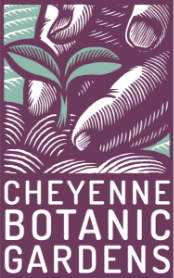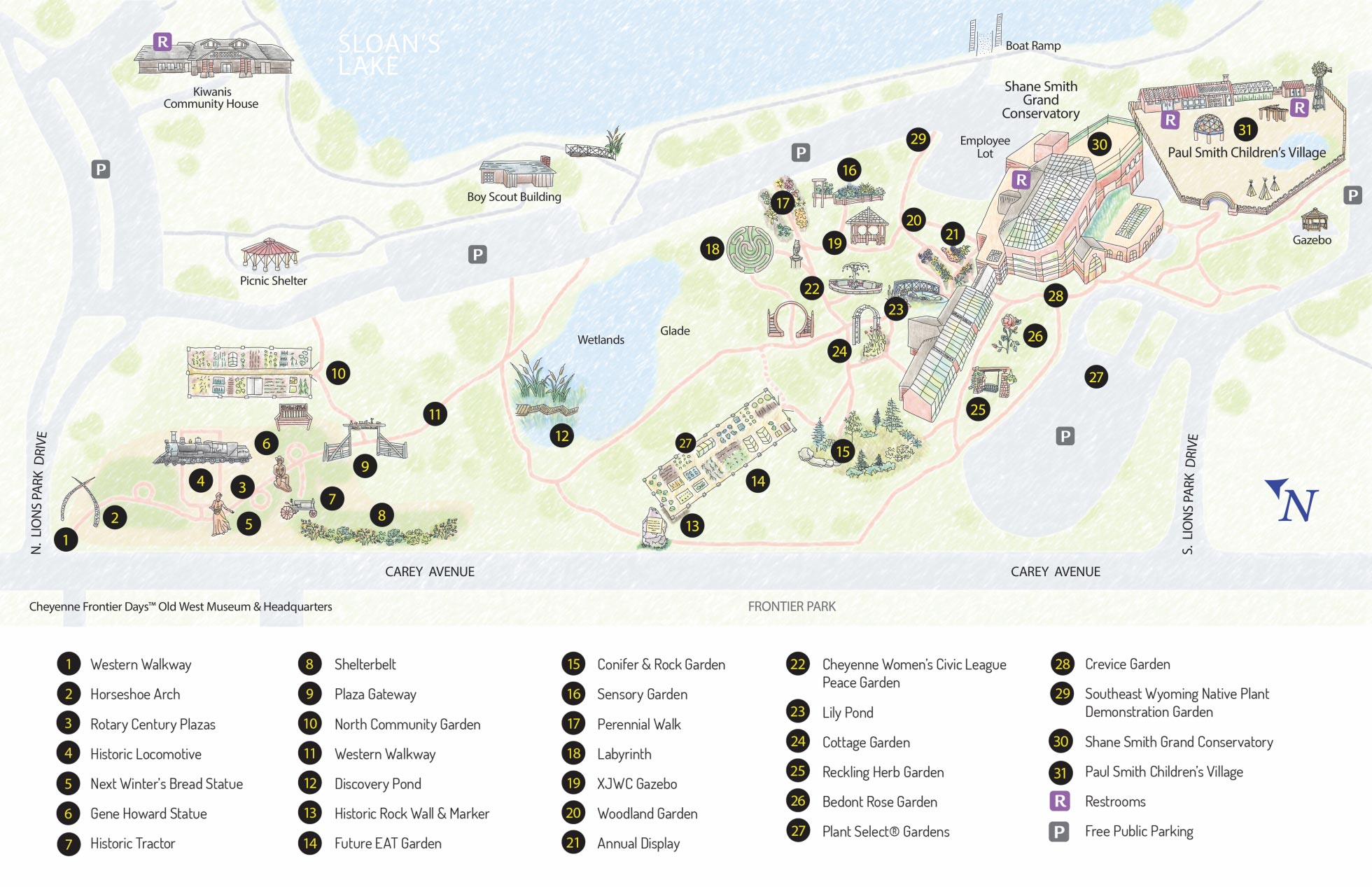EAB Facts
Founded 16 years ago and is in 29 States
Destruction is done at immature stage
Kills the tree by girdling the tree, cutting off water and nutrient transport Native to Asia
Was first detected in 2002
Was first detected in Colorado in 2013
Can destruct all sizes of the ash tree, even small sprouts On average is spreading 12 Miles per year
Is mostly being transported through firewood (it is advised to use your firewood in the same place you have purchased it)
Emerald Ash Borer can withstand temperatures as low as -31.5 degrees F. (The insect has a natural super cooling ‘anti-freeze’ system)
The Green Ash tree is most commonly attacked Ash is native to Wyoming
The Emerald Ash Borer may not spread very fast in Wyoming or across the Midwest due to its scarce forests
EAB has not made its way to Wyoming or Cheyenne yet but is projected to move forward within the next 12-15 years
It is important to make communities aware of EAB now so that they can plan for mature trees in the future. It is important not to plant Ash trees in residential areas in order to avoid costs of tree removal in the future.
12-15% of public trees in Colorado are Ash
Ash is typically planted because it is a hearty tree with good canopy Ash trees naturalize near and along many waterways
If you know there is an Ash tree infestation near you, it is important to remove the tree while it is still alive because it can become hazardous to climb and remove when it is dead and falling apart.
Removing Ash trees can be costly for property owners to remove, sometimes thousands of dollars.
Identifying the EAB
Trees with EAB may exhibit crown thinning
Trees with EAB may exhibit growth from the mid-section of the tree
Scouting for EAB is very time consuming and requires pealing back the bark of the tree and even removing some branches.
Search for ‘D’ shaped exit hole
Search for Woodpecker damage
Ugly and unmaintained Ash trees may look similar to EAB damage Late snow and winter damage may also look similar to EAB damage
EAB Management
Can spray small scale trees as a preventative aid but ultimately Emerald Ash will eventually cause damage
Treating trees by injection inoculation only buys time (2 or 3 years) If you inoculate a tree, it is best to have a professional administer chemicals to the base of the tree. The only way this will postpone damage is if the insecticide is applied to the tree before the larvae are present. If you miss this chance the tree will suffer and there is really nothing left to do except tree removal.
Treatment of Ash trees also buys time for surrounding areas to come up with a plan against EAB
Treatment will not be effective is cambium (the area just under the bark) is already damaged
The following publication has been suggested for insecticide options on EAB
http://www.emeraldashborer.info/documents/Multistate_EAB_Insecticide_Fact_Sheet. pdf
Other info can be found at http://emeraldashborer.info/
Boulder Colorado has been using TREE-age as a preventative http://arborjet.com/product/tree-age/
Other Types of Management
Diversity tree plantings Tree removal
Take tree inventory so that it is easier to project future costs Outreach, engage the community and HOA groups
Plan neighborhood tree plantings
Advise nurseries and surrounding suppliers not to sell Ash trees, advise everyone else not to buy Ash trees
Treat all healthy trees within 10-15 miles of unhealthy trees
Cheyenne Facts of EAB
The Animal and Plant Health Inspection Service of the USDA had been doing trapping projects
Cheyenne has 5% Ash trees in the City and 15% Ash as ‘Street Trees’
Ash trees are the 3rd most common tree in Cheyenne behind the Spruce and Cottonwood
Other Facts
Asian and Lilac Ash populations are seeing damage but not death Olive and Ash are in the same family
EAB can fly 2-10 miles
White Ash is commonly used to make baseball bats



